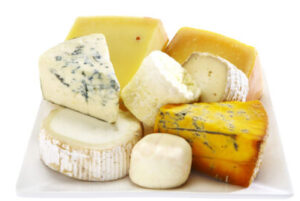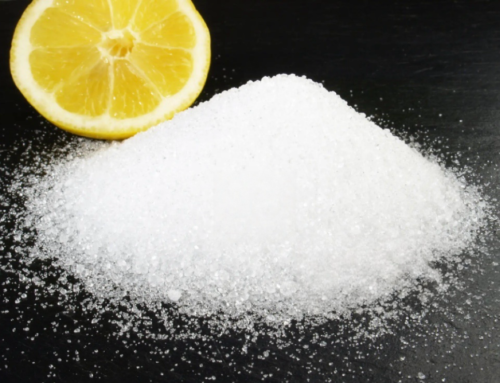Do you curious about how E341 ii plays a crucial role in food as a firming agent? Let’s explore the chemistry, applications, benefits, and more through our blog.
What is E341 ii?
E341 ii, also known as dicalcium phosphate, is a fascinating substance with wide-ranging applications in the food industry. Its ability to maintain the firmness of various food products is nothing short of remarkable.
What’s the Mechanism of E341 ii (Dicalcium Phosphate) as a Firming Agent?
The intricate mechanism by which E341 ii(Dicalcium Phosphate) acts as a firming agent starts with its complex molecular structure. Calcium phosphate has the ability to bind water molecules, thereby strengthening the cellular structure of food items. Its crystalline nature forms a sturdy layer around cells, preserving their rigidity and integrity. This prevents food from losing its desired texture, maintaining its appeal to the consumer.
What are the Applications of E341 ii (Dicalcium Phosphate) in Food as a Firming Agent?
The applications of E341 ii (Dicalcium Phosphate) as a firming agent are extensive and multifaceted. Below are some prime examples:
Canned Fruits and Vegetables:
E341 ii (Dicalcium Phosphate) is a popular addition to canned fruits like peaches, pears, and pineapples. It helps retain their firmness, ensuring that they don’t turn soft or mushy. In canned vegetables like green beans and carrots, it preserves the fresh-crunchy texture, enhancing their appeal.
Dairy Products:
 In dairy products like processed cheese, E341 ii(Dicalcium Phosphate) contributes to maintaining consistency and preventing separation. It provides stability and a pleasant mouthfeel.
In dairy products like processed cheese, E341 ii(Dicalcium Phosphate) contributes to maintaining consistency and preventing separation. It provides stability and a pleasant mouthfeel.
Baked Goods:
E341 ii (Dicalcium Phosphate)’s application extends to baked goods like bread and pastries. It helps in maintaining structural integrity, providing the right amount of firmness without making them overly hard.
Seafood:
Some processed seafood products, such as shrimp and crab sticks, utilize E341 ii (Dicalcium Phosphate) to preserve the texture and succulence, enhancing the overall dining experience.
Beverages:
In certain drinks, such as plant-based milk alternatives, E341 ii(Dicalcium Phosphate) ensures that the liquid maintains a uniform consistency, preventing separation and sedimentation.
Confectioneries:
E341 ii (Dicalcium Phosphate) is used in candies and jellies to ensure that they retain their chewy and firm texture. It helps in maintaining the desired consistency, making them enjoyable to eat.
Meat Products:
Processed meats like sausages and patties often include E341 ii (Dicalcium Phosphate) to prevent them from crumbling, preserving their form and enhancing the texture.
Jams and Jellies:
E341 ii (Dicalcium Phosphate) works well in jams, jellies, and preserves, aiding in maintaining the desired consistency and firmness. By acting as a stabilizing agent, it ensures that these sweet treats don’t lose their gel-like structure, delivering the optimal texture.
Frozen Foods:
In the frozen food industry, E341 ii (Dicalcium Phosphate) helps in maintaining the structure of frozen fruits and vegetables, preventing them from turning mushy when thawed. It also plays a role in frozen desserts like ice cream, contributing to the smooth and creamy consistency.
Sauces and Dressings:
In various sauces and dressings, E341 ii (Dicalcium Phosphate) is employed to prevent the separation of ingredients and maintain an appealing texture. This ensures that the sauces are smooth and homogenous, enhancing the flavor experience.
These diverse applications reflect the versatility of E341 ii (Dicalcium Phosphate) as a firming agent, making it an essential component in the food industry.
Is E341 ii (Dicalcium Phosphate) Safe?
E341 ii (Dicalcium Phosphate)’s safety has been thoroughly examined by regulatory authorities like the FDA and the European Food Safety Authority. It has been deemed safe for consumption within prescribed limits.
Overall, E341 ii (Dicalcium Phosphate)’s role as a firming agent extends beyond mere functionality; it is an intricate part of the culinary experience. Its unique chemistry, vast applications, and careful regulations weave a tapestry of both science and art in the food industry.




